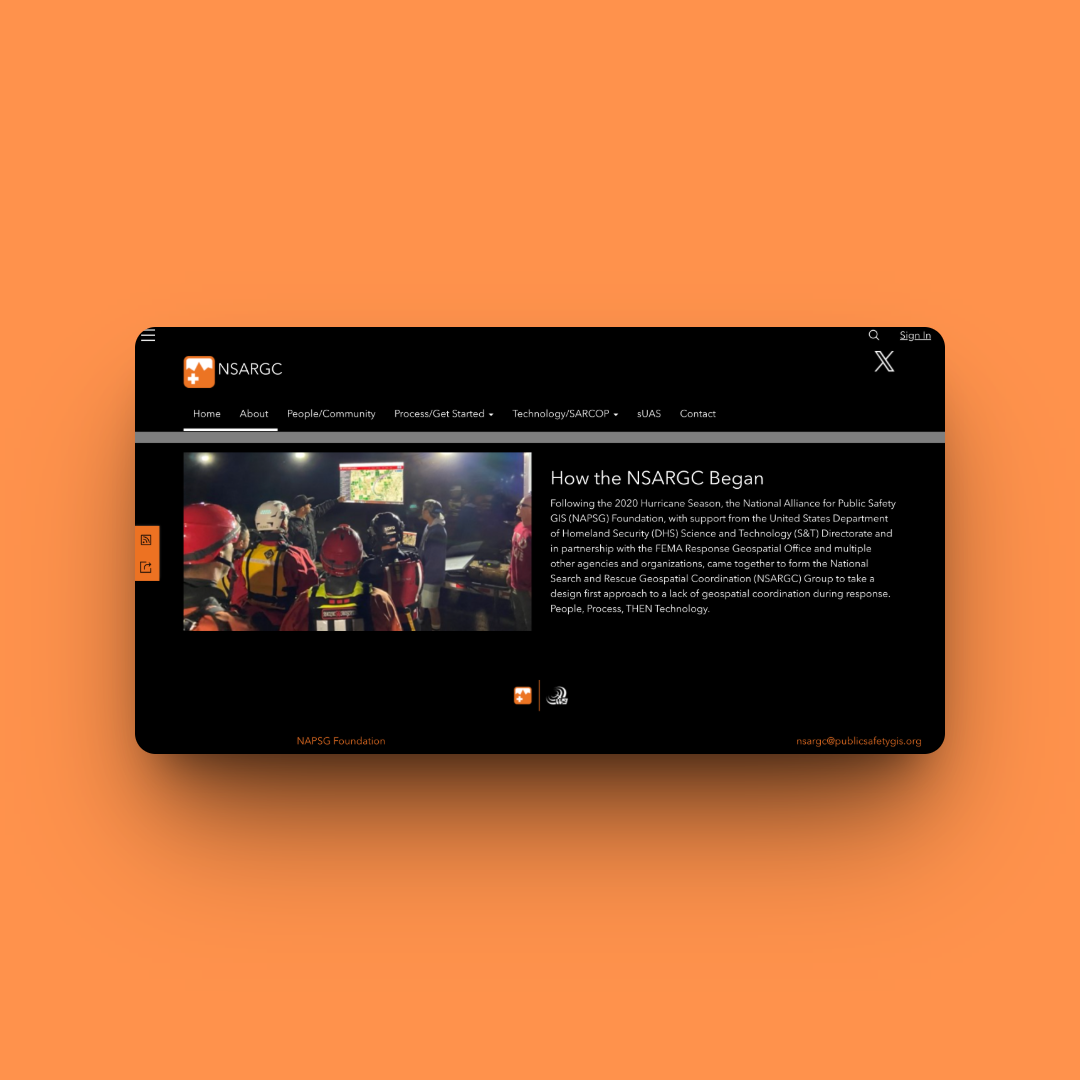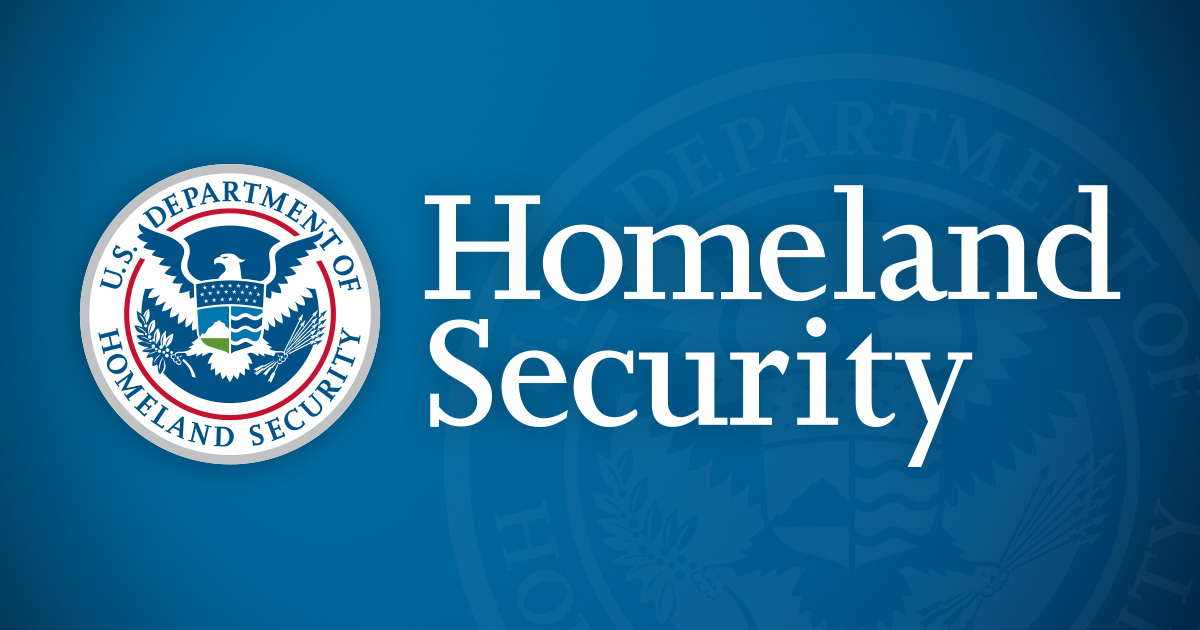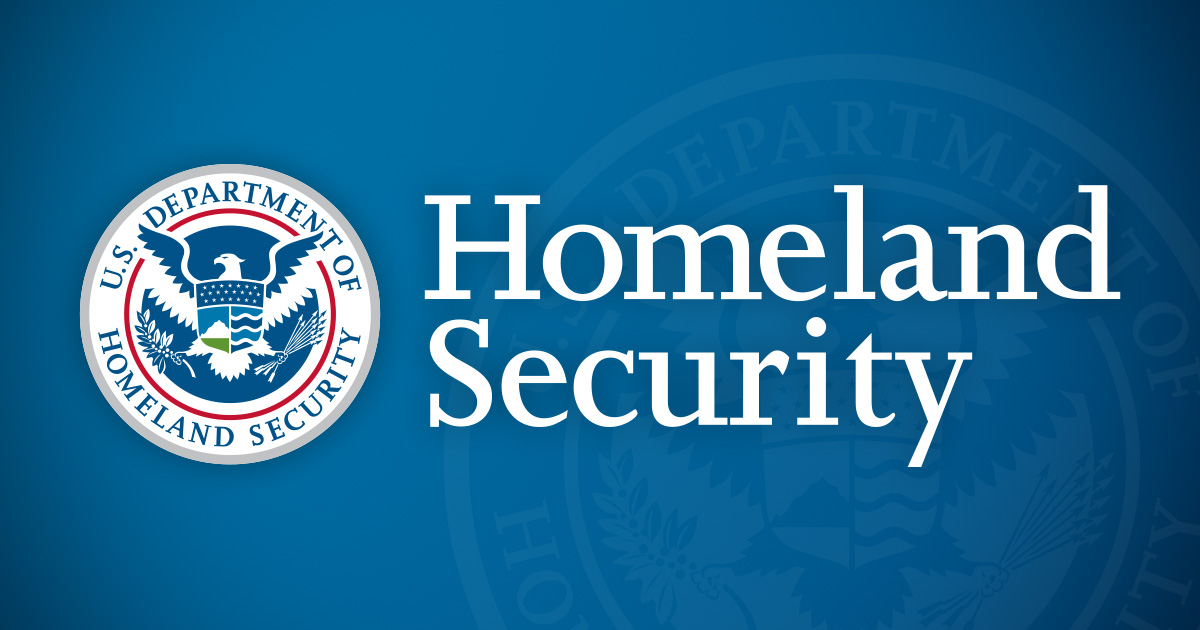Getting Started with SARCOP
Search and Rescue Common Operating Platform (SARCOP) The
Search and Rescue Common Operating Platform (SARCOP) is a multiagency platform designed
to share information and intelligence throughout all levels of incident
response – from the first responder in the field to a decision-maker in the
Emergency Operations Center. SARCOP not only helps save lives but sustains
lives. Why do Search and Rescue Teams use SARCOP? Task Force members discussing building collapse operations using SARCOP on a tablet in the field. SARCOP on a Tablet SARCOP Is... SARCOP is a secure, interagency platform designed to assist agencies plan and conduct effective search and rescue (SAR) operations. SARCOP aggregates access to easy-to-use mobile applications (work online and offline), web-based applications, and advanced geospatial analytics into a single website. It is used for mapping out where search and rescue operations have occurred and provides detailed search coverage analysis, so no survivors are left behind. The National Search and Rescue Geospatial Coordination (NSARGC) Group maintains two separate SARCOP systems supported by the National Alliance for Public Safety GIS (NAPSG) Foundation. The Blue Deployment SARCOP is used on real-world incidents and this system requires a username and password to access. The Red Sandbox is used for training and exercises. The Sandbox is a test site and is publicly available without the need for a username or password. Both systems, as well as training materials, can be found at www.responsesystem.org/sarcop. SARCOP Is NOT... It is not a Preliminary Damage Assessment (PDA) tool. US&R teams are often the first ones into an affected area and their damage observations and photos can be mapped in SARCOP. This information can be shared with the Joint PDA Teams to assist in the initial damage assessment process, but it does not replace systems designed specifically for this purpose. It is not a system for storing Personally Identifiable Information (PII). Personnel utilizing SARCOP are trained to not collect PII from disaster survivors or citizens at large with this system. Who can use SARCOP? First responders and Search and Rescue professionals conducting lifesaving missions that are part of the National Urban Search and Rescue System are the primary users of SARCOP. Currently, all twenty-eight FEMA US&R Task Forces, as well as a strong network of state and local US&R teams are trained to use SARCOP during SAR operations. Secondarily, Emergency Support Function (ESF) #9 stakeholders that support decision-making in direct support of SAR Operations may use SARCOP to get a strategic-level view of operations. Finally, there are many other potential stakeholders who can benefit from filtered and curated views of SARCOP data. For example, those involved in life-sustaining operations such as disaster survivor assistance, preliminary damage assessment, and community lifeline restoration. My team is responding to a major incident. How do I use SARCOP? Access to SARCOP should have already been established (If not, please see the next section). You should go to www.responsesystem.org/sarcop and click on the Blue button to access the Deployment SARCOP. Field teams will scan the QR code from the Battlecard tab. This will place the project configured for search and rescue operations on their device. They can then document SAR operations on or off-line. The Tech Info Specialist or Plans team can monitor operations using the Tactical and Strategic dashboard or use the Intel Manager to QA/QC incoming data. How can my team gain access to SARCOP? To gain access to SARCOP, reach out to your appropriate regional contact. Once your level of access is determined, you will receive instructions and links to training and orientation materials as appropriate.

